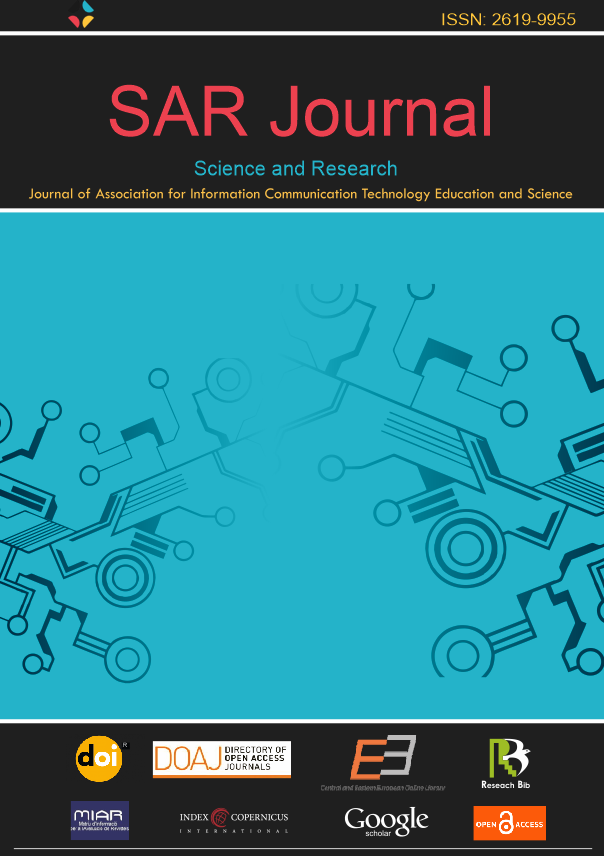Application of Software Tools in the Identification of Robotic Workplace Cooperation in the Design Phase
Application of Software Tools in the Identification of Robotic Workplace Cooperation in the Design Phase
Author(s): Ján Duplák, Maryna Yeromina, Darina Dupláková, Samuel Mikuláško, Zuzana MitaľováSubject(s): Information Architecture, Electronic information storage and retrieval
Published by: UIKTEN - Association for Information Communication Technology Education and Science
Keywords: robotic workplace; automation; simulation; Tecnomatix Plant Simulation
Summary/Abstract: Creating design solutions for robotic workplaces is a complex issue of a multidisciplinary nature, which requires expert knowledge and experience of several scientific disciplines, primarily focused on technical sciences. The continuously developing field of software solutions helps in the process of creating robotic workplaces. Currently, there are several software tools on the market that simplify and speed up the creation of robotic workplace models. Through these software applications, it is possible to create 2D and 3D model solutions, as well as structural strength calculations, optimization, functional tests and, in some cases, virtual commissioning. This contribution describes the possibilities of applying software tools within the design of a robotic workplace. The introductory part of the article is focused on a theoretical analysis of the design of a robotic workplace, with a focus on the characteristics of the possibilities of conceptual solutions and safety. In the next part of the article, the tools that are most often used in technical practice when setting up robotic workplaces are identified. The given software tools are also specified from the point of view of the possibility of basic work and the creation of model solutions. The result of the work determines the areas of use of software tools and the creation of model solutions of robotic workplaces on a practical example. In the conclusion of the article, the findings are summarized in the context of developing design cooperation of robotic workplaces using industrial software tools.
Journal: SAR Journal - Science and Research
- Issue Year: 6/2023
- Issue No: 4
- Page Range: 221-229
- Page Count: 9
- Language: English

